EU to offer a trade bonanza
 "The EU is a fastidious, but rich market that prefers high-valued products to unprocessed commodities," Tran Ngoc Quan, deputy director of the Ministry of Industry and Trade's (MoIT) European Market Department, told a Vietnam-EU business workshop in Ho Chi Minh City last week.
"The EU is a fastidious, but rich market that prefers high-valued products to unprocessed commodities," Tran Ngoc Quan, deputy director of the Ministry of Industry and Trade's (MoIT) European Market Department, told a Vietnam-EU business workshop in Ho Chi Minh City last week.
He said this trend should be embraced as the Vietnam and EU were preparing for bilateral free trade agreement (FTA) negotiations which would last for three years, giving Vietnamese companies more opportunities to tap EU member countries.
The event, co-held by the EU Delegation to Vietnam and Vietnam Chamber of Commerce and Industry, came after last month's announcement, by Vietnam's MoIT Minister Vu Huy Hoang and EU Trade Commissioner, that a scoping mission was completed and bilateral FTA negotiations would start in the summer.
"There will be just one tariff after the FTA is signed throughout the EU and this means the free movement of goods once a product enters the EU," said Jean-Jacques Bouflet, the EU delegation to Vietnam's head of economic affairs.
"In the last decade, the EU has been the most important trade partner for Vietnam in terms of trade and investment, but also politically. Today, the EU is the largest overseas market for Vietnam. It's a largely favourable relationship for Vietnam. The EU trade deficit with Vietnam surged to 7.72 billion euros in 2011 from 4.9 billion euros in 2010 and 3.77 billion euros in 2009."
Between January and April this year, Vietnam exported $5.7 billion in goods to EU, he said, quoting General Statistic Office data.
He said the footwear sector would be one of many to benefit from the FTA, as the current rate was 7.69 per cent while the FTA rate would be zerp per cent, making actual savings in duty perception, if the FTA was signed in 2010 or 2011, of 135 million euros or 130 million euros, respectively. For textiles, the current rate is 9.6 per cent and the FTA tariff would be zero per cent, making actual savings of 138 million euros or 172.3 million euros over the same timeframe, respectively.
Bouflet said Vietnam faced a trade deficit for years and the country only succeeded in controlling the problem in 2011, when it represented 9.9 per cent of Vietnam's global export revenues.
"Vietnam can tackle its trade deficit problem by intensifying its trade links with economies that have supplementary features, not the ones directly competing against the Vietnamese economy," said Bouflet.
He said 90 per cent of Vietnam's deficit in 2010 was with China, and in 2011 that deficit was 145 per cent of Vietnam's global trade deficit.
Quan said the government's 2010-2020 trade strategy for the EU included the discouragement of raw material, mineral and semi-processed commodities shipments, and encouragement of processed exports.
He said Vietnam's Ministry of Agriculture and Rural Development decided to temporarily pause shipments of five vegetable commodities such as chili, celery, coriander, and bitter melon to the EU from May 15, 2012 to February 1, 2013 because of EU food hygiene fears.
Vietnam currently exports mainly footwear, textile, seafood and farm produce to the EU.
Representatives from the 27 EU member countries approved the signing of a partnership and cooperation agreement with Vietnam at an EU Foreign Ministers Meeting on May 14 in Brussels, Belgium. It defines the basic principles in the Vietnam-EU relationship and specifies a comprehensive cooperation framework in various fields, including trade, investment, judiciary, peacekeeping and international security. The deal is expected to bring the Vietnam-EU relationship into a new period of greater cooperation.
What the stars mean:
★ Poor ★ ★ Promising ★★★ Good ★★★★ Very good ★★★★★ Exceptional
Related Contents
Latest News
More News
- Levelling up green logistics requires a helping hand (April 24, 2024 | 14:19)
- MPI meets with Nvidia vice president to discuss AI and semiconductor cooperation (April 24, 2024 | 14:14)
- Negotiations over payment agreement for LNG power stuck in deadlock (April 23, 2024 | 18:02)
- Masan completes $250-million equity raise from Bain Capital (April 23, 2024 | 17:37)
- Amata City Ha Long marks six years of development (April 23, 2024 | 17:00)
- Taiwan's Giant Group to build $120 million bicycle factory in Binh Duong (April 23, 2024 | 15:02)
- Nvidia delegation to explore opportunities in Vietnam (April 23, 2024 | 08:30)
- China's BOE builds $275 million electronics factory in Ba Ria-Vung Tau (April 22, 2024 | 10:44)
- Suntory PepsiCo breaks ground on its largest Asia-Pacific plant in Vietnam (April 22, 2024 | 08:53)
- New Hope ceases Binh Dinh pig-breeding project (April 19, 2024 | 18:34)

 Tag:
Tag:
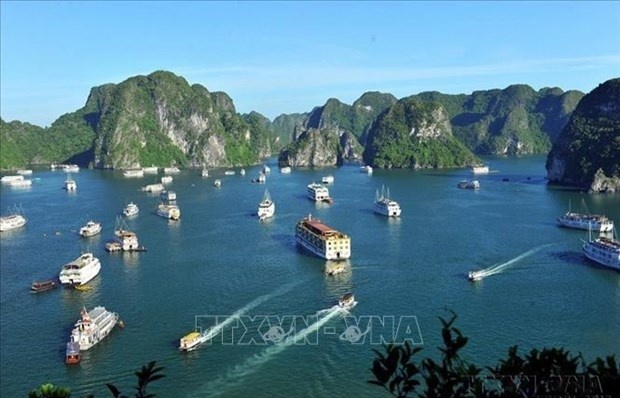

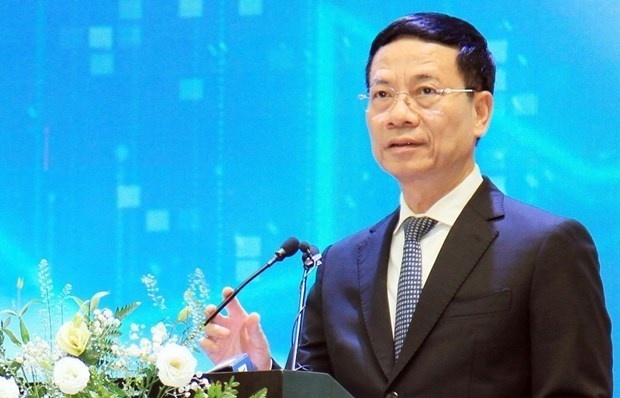
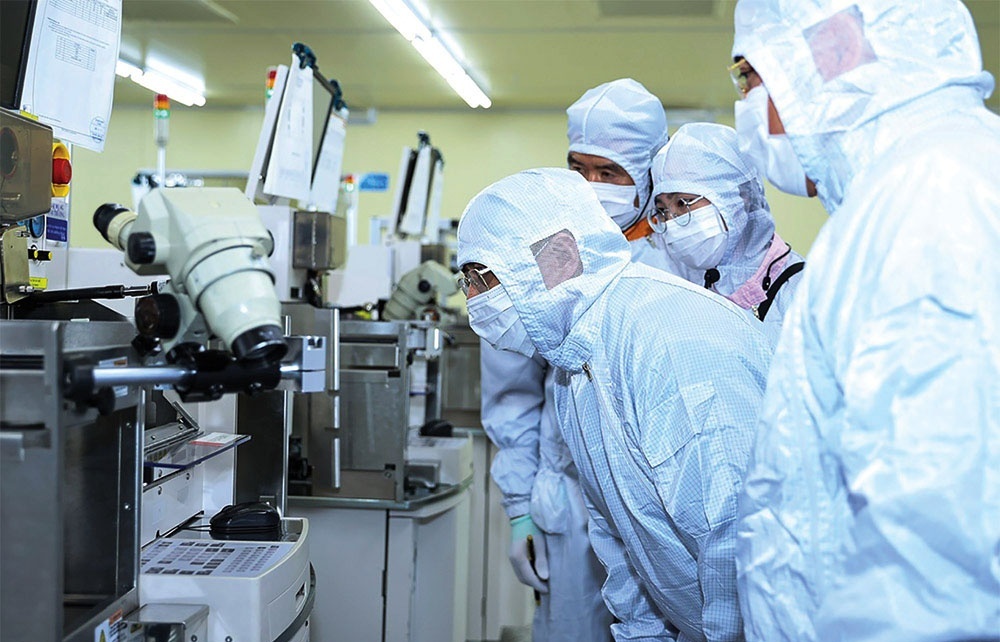

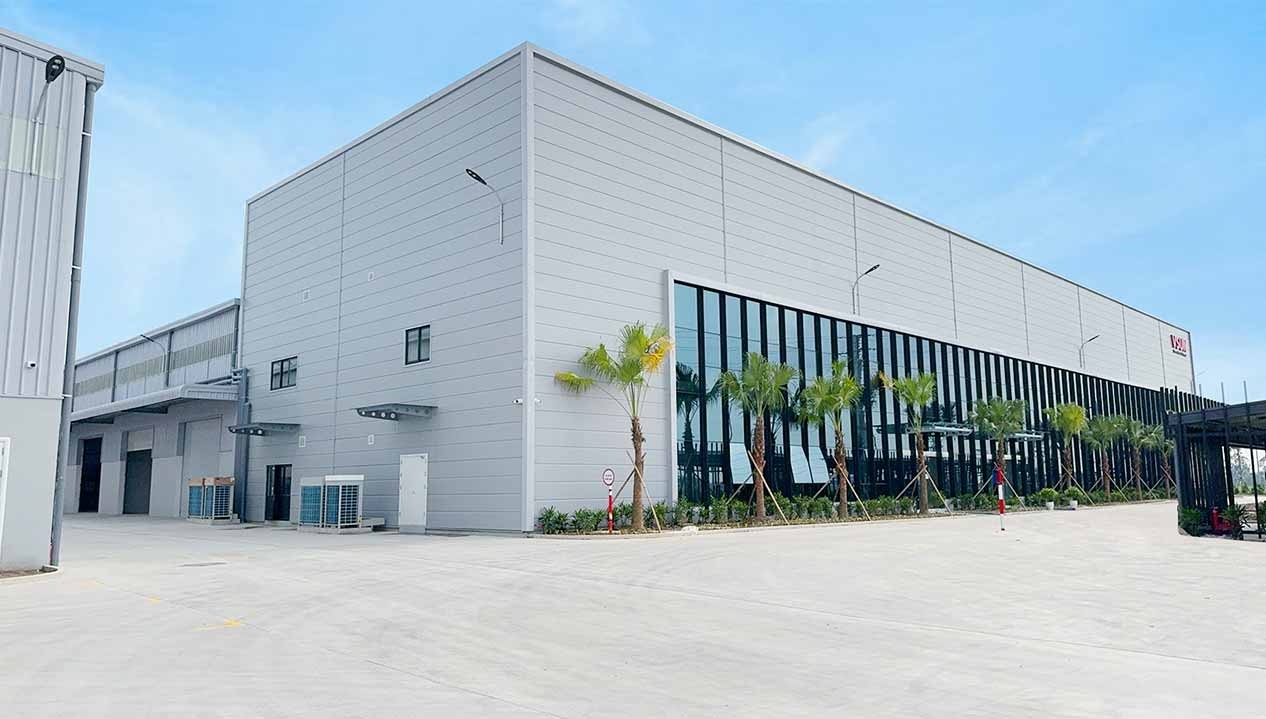
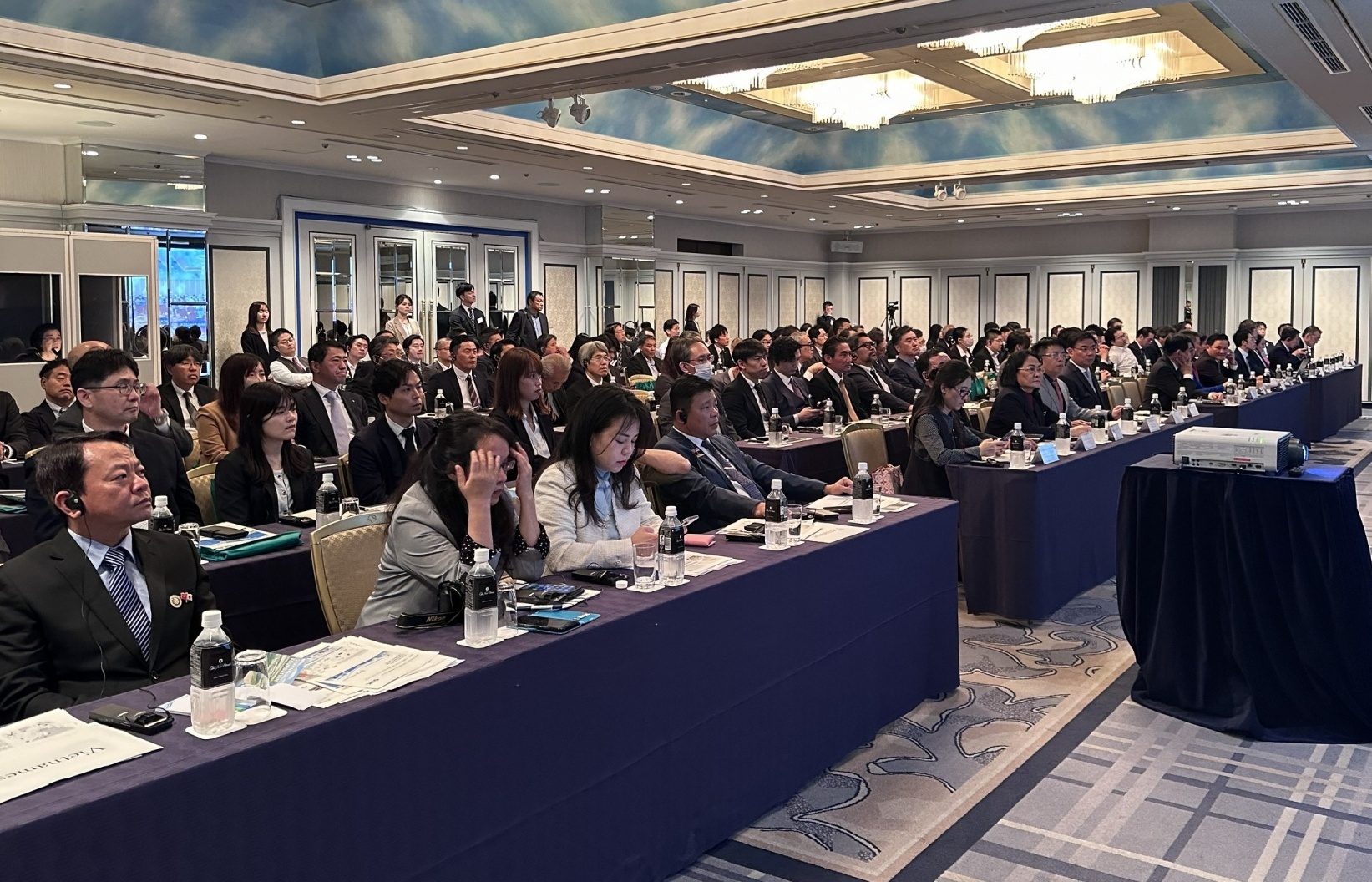
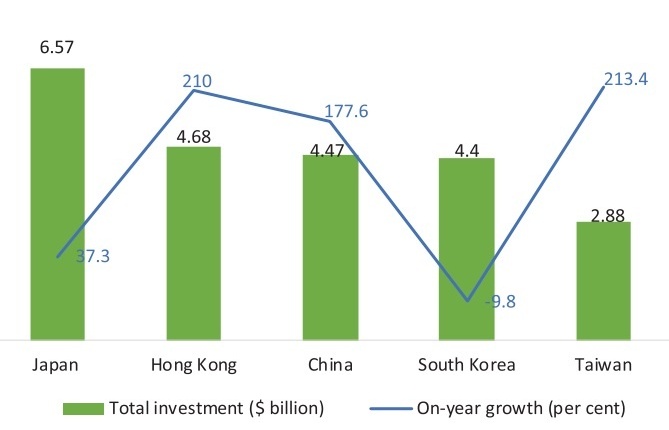
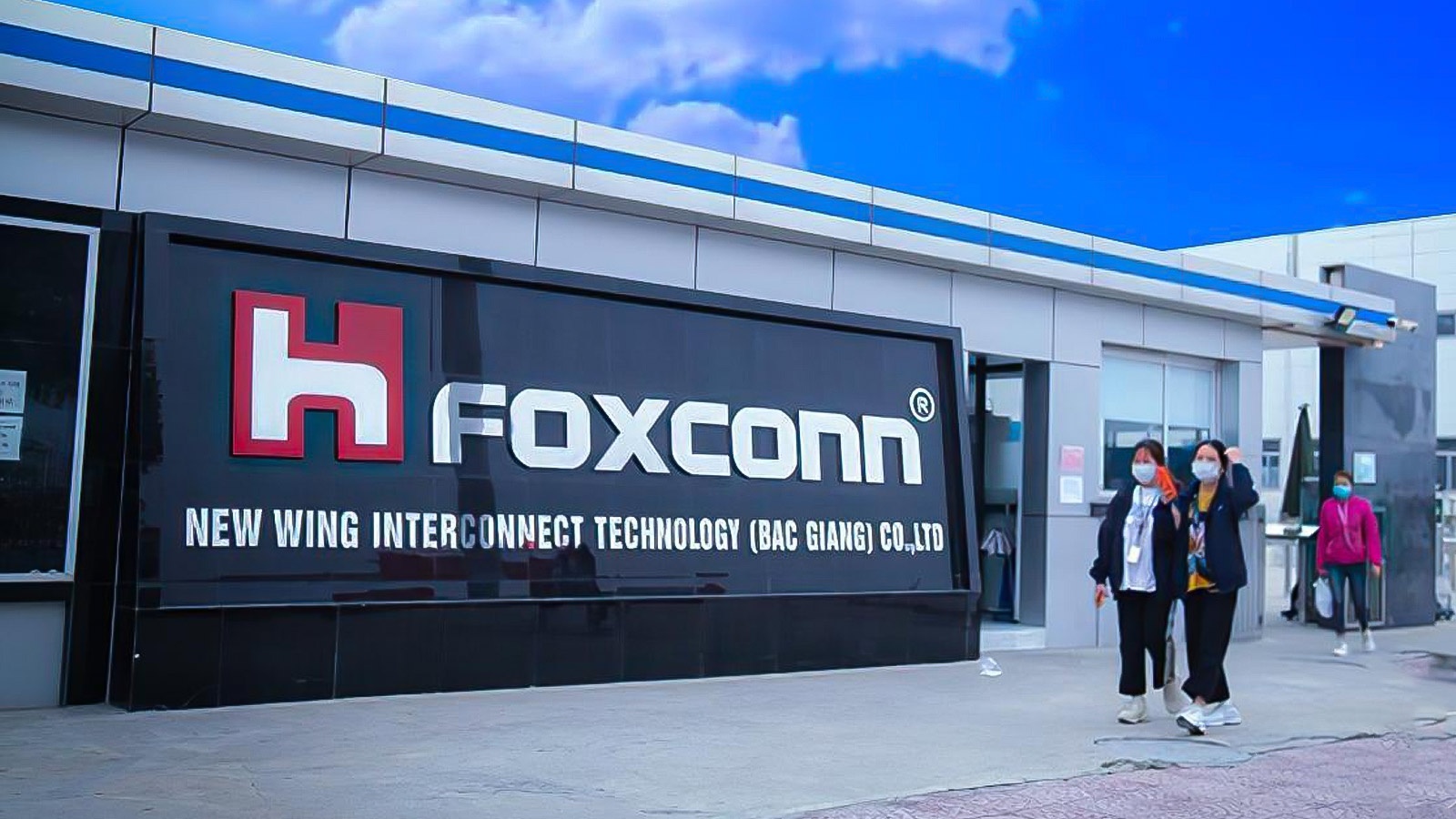


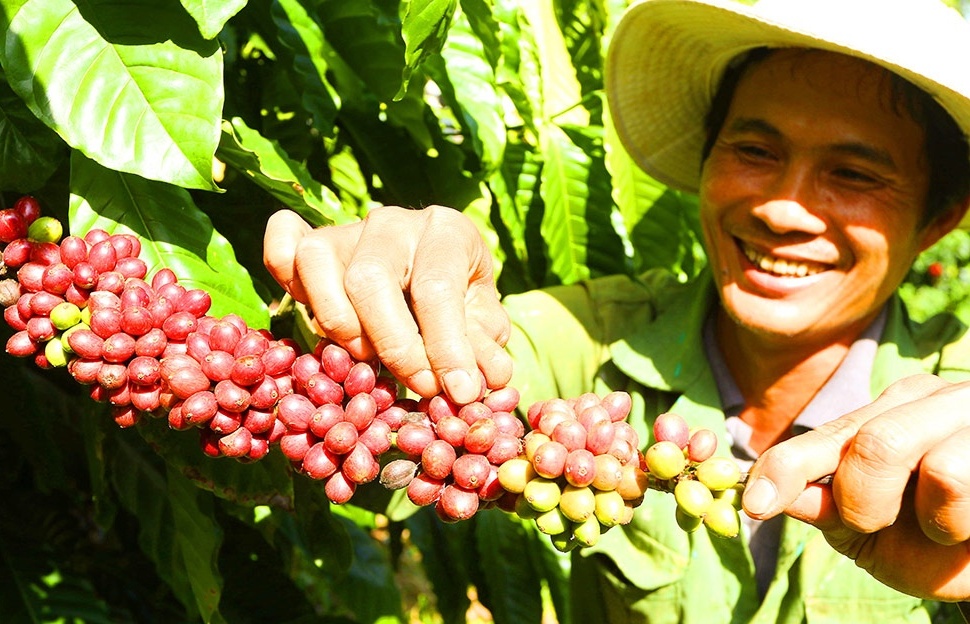




 Mobile Version
Mobile Version